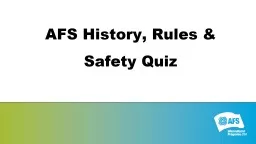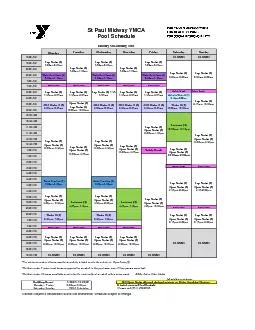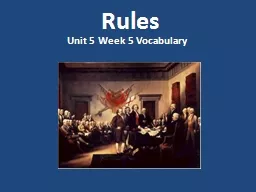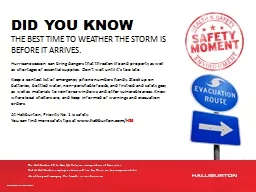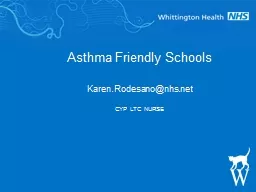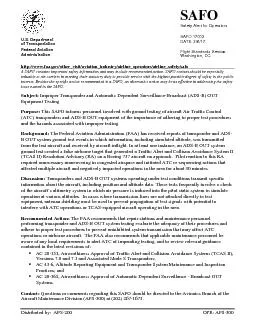PPT-AFS History, Rules & Safety Quiz
Author : phoebe-click | Published Date : 2018-09-16
What does AFS stand for What did the drivers do AFS stands for American Field Service The drivers were ambulance drivers serving in World War I and II Over 2500
Presentation Embed Code
Download Presentation
Download Presentation The PPT/PDF document "AFS History, Rules & Safety Quiz" is the property of its rightful owner. Permission is granted to download and print the materials on this website for personal, non-commercial use only, and to display it on your personal computer provided you do not modify the materials and that you retain all copyright notices contained in the materials. By downloading content from our website, you accept the terms of this agreement.
AFS History, Rules & Safety Quiz: Transcript
Download Rules Of Document
"AFS History, Rules & Safety Quiz"The content belongs to its owner. You may download and print it for personal use, without modification, and keep all copyright notices. By downloading, you agree to these terms.
Related Documents

